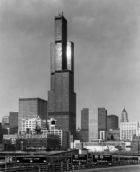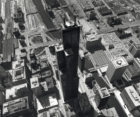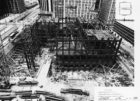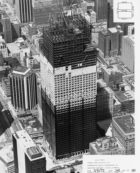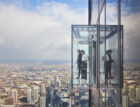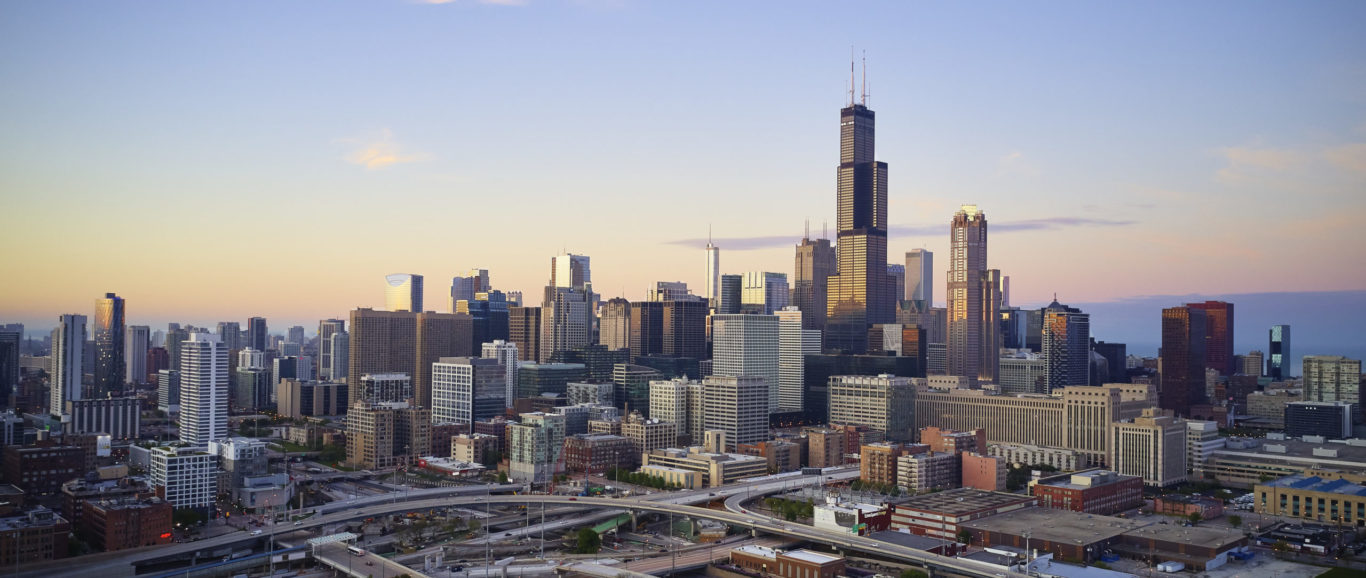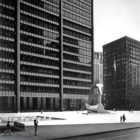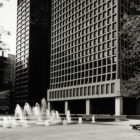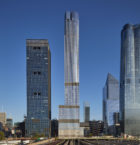An enduring Chicago landmark
For decades the tallest building in the world, the 110-story Willis Tower (formerly Sears Tower) marked a major step in exemplifying and defining SOM’s belief that a building’s structure should inform its exterior profile. The 4.5-million-square-foot tower was the headquarters for Sears, Roebuck & Co. from the time of its completion in 1973 until 1995, when the merchandiser relocated to suburban Chicago. The building’s design, flexible floor plan, and iconic stature have made it a premier address for a host of companies. Today, the tower is well-maintained and remains a center of activity in Chicago’s Loop.
